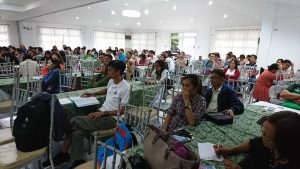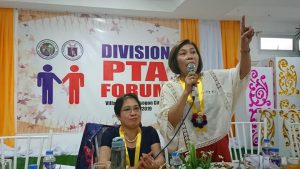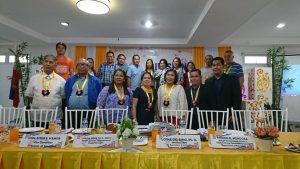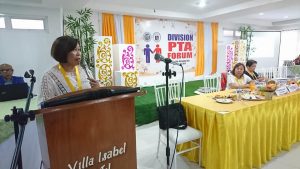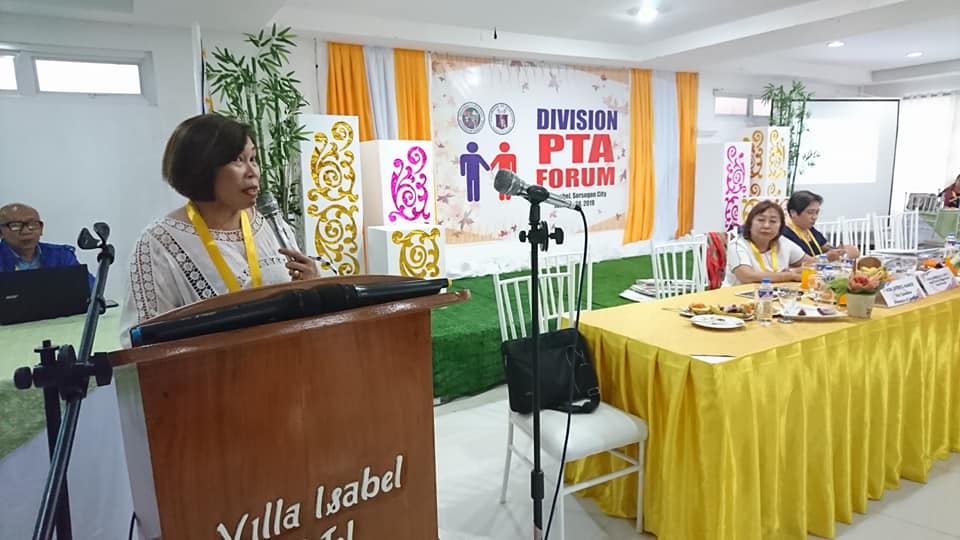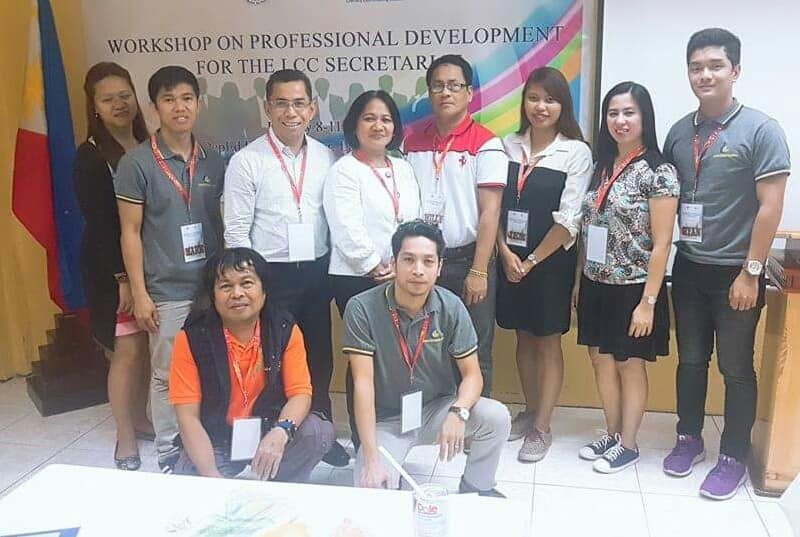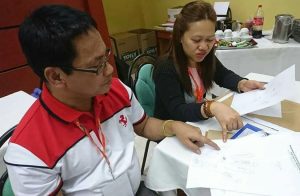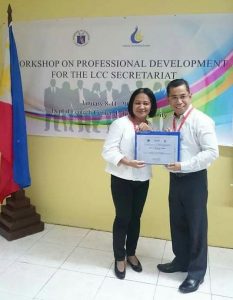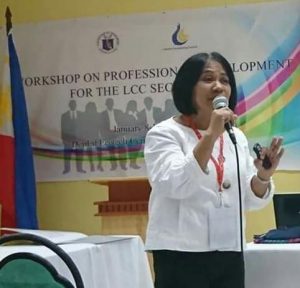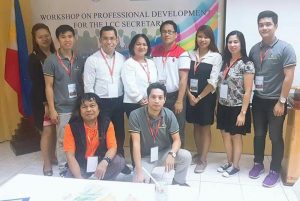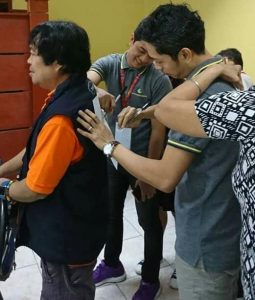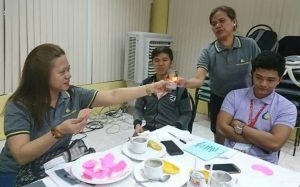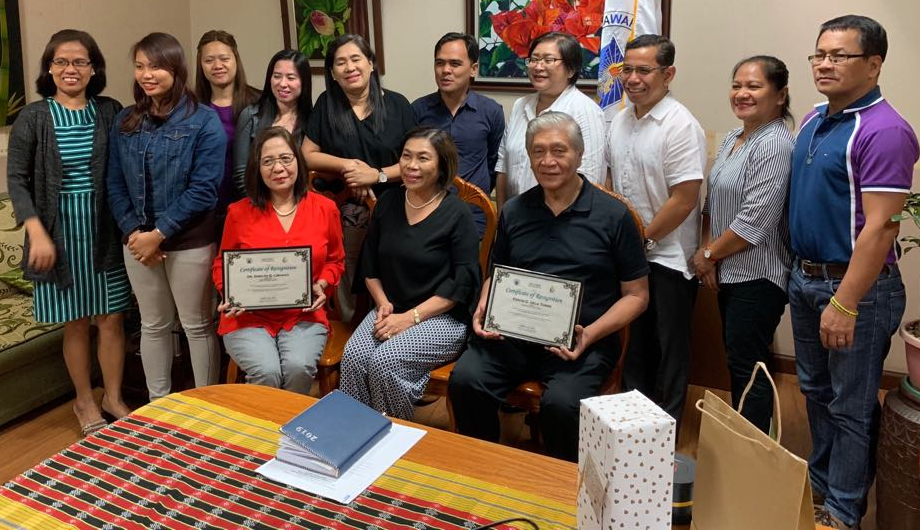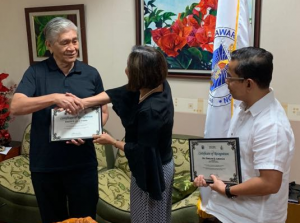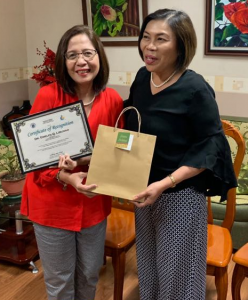DepEd Curriculum and Instruction Undersecretary Lorna Dig-Dino, the Chairperson of the Literacy Coordinating Council today graced the Division PTA Forum being conducted by the Schools Division of Sorsogon in Region V. The event, held on January 24, 2019 at Villa Isabel Hotel and Resort, Sorsogon City was participated in by various PTA officials, parents, public school administrators, and teachers. At the concluding part of her talk, the LCC Chair introduced her advocacy on “Filipino Women for Literacy.” This movement aims to “ensure multiple literacies for the least, the lost, and the last of our fellow human beings.”
